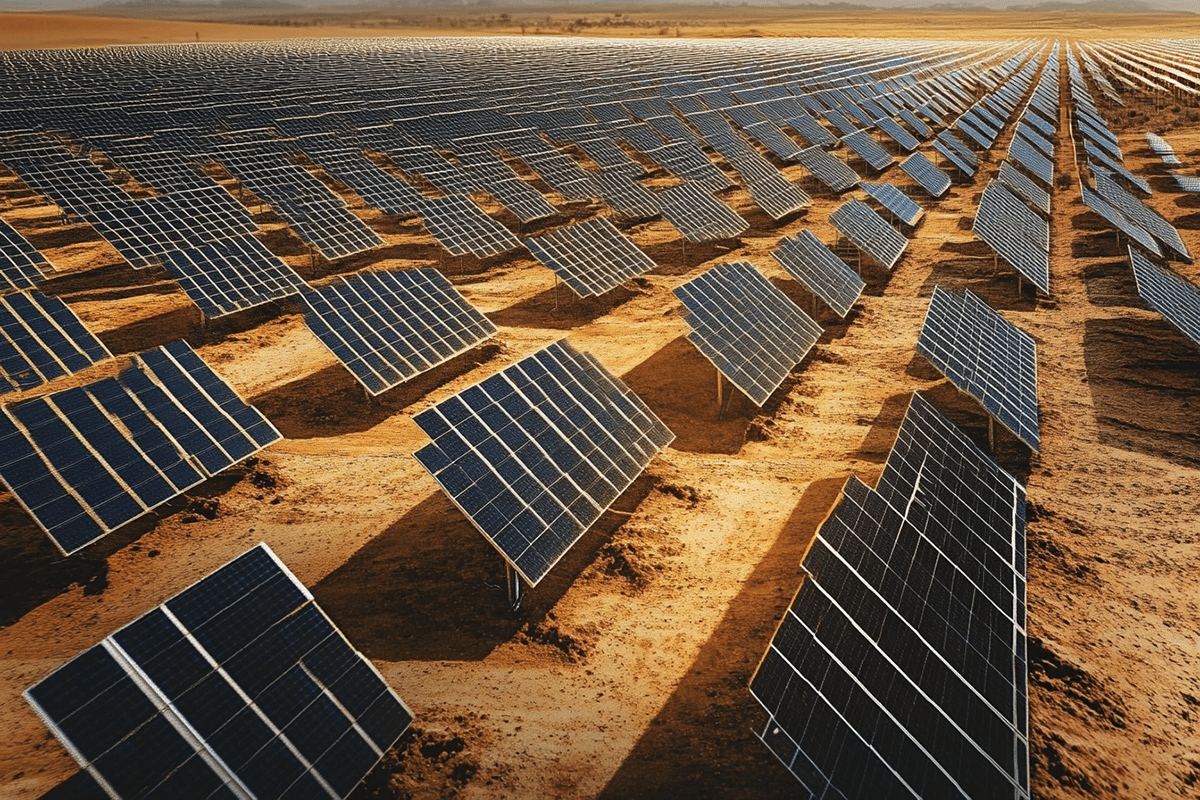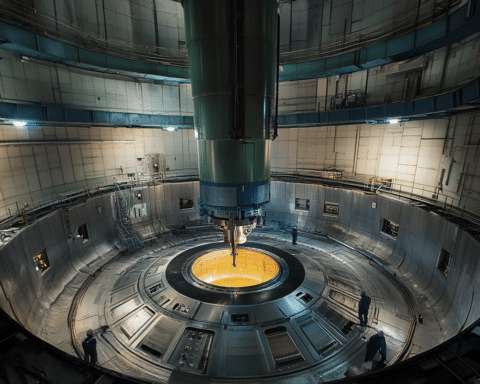In the heart of northwestern China’s Kubuqi Desert, an extraordinary project is taking shape that promises to reshape the landscape and provide a major boost to the country’s renewable energy efforts. The Solar Great Wall, as it is being called, is a massive solar farm that will span 5 kilometers (3 miles) wide and stretch 400 kilometers (250 miles) across the desert, once completed in 2030.
While the scale of the project may seem modest compared to the iconic 21,196-kilometer (13,171-mile) Great Wall of China, the Solar Great Wall aims to achieve a different kind of greatness: harnessing solar power on an unprecedented scale. The farm is projected to generate up to 100 gigawatts of electricity, making it one of the largest solar farms in the world. Already, 5.42 gigawatts have been installed, with millions of solar panels soaking up the desert’s abundant sunlight, which averages 3,100 hours annually.
This solar farm is not only a technological marvel but a vital part of China’s energy future. It is expected to generate 180 billion kWh of electricity by 2030, a surplus sufficient to power not just Beijing but also its surrounding regions. For context, the capital city consumed 135.8 billion kWh of electricity in 2023, and the solar farm’s capacity will exceed that demand, providing a sustainable energy source for one of the world’s most populous cities.
The environmental benefits of the Solar Great Wall are substantial. In an area already facing desertification, the solar farm is projected to cut carbon emissions by approximately 31.3 million tons each year, aiding China in addressing its role as the world’s largest emitter of greenhouse gases. This ambitious project is considered a vital step in tackling the country’s environmental challenges and speeding up the shift to green energy.
Beyond the energy and environmental impact, the project also seeks to address the ongoing desertification of the Kubuqi Desert. By planting millions of solar panels across the arid landscape, the solar farm is playing an unexpected role in helping to prevent further sand movement. The panels act as a physical barrier against the winds that would otherwise carry sand and form dunes, while providing shade for plants to grow. The long-term aim is to restore nearly 27 million hectares (67 million acres) of desert in the region.
This effort is part of a broader strategy that has already seen substantial progress in the Kubuqi Desert. Over the past 40 years, environmental initiatives have successfully restored one-third of the desert, with 10.7 square kilometers (4.1 square miles) of land in and around the existing Junma Solar Power Station now covered in vegetation. The Solar Great Wall represents the next chapter in this ongoing effort, combining renewable energy generation with environmental restoration in one ambitious project.
Once completed, the Solar Great Wall will stand as a testament to China’s commitment to both sustainability and technological innovation, offering a glimpse into a future where renewable energy and environmental preservation go hand in hand.





